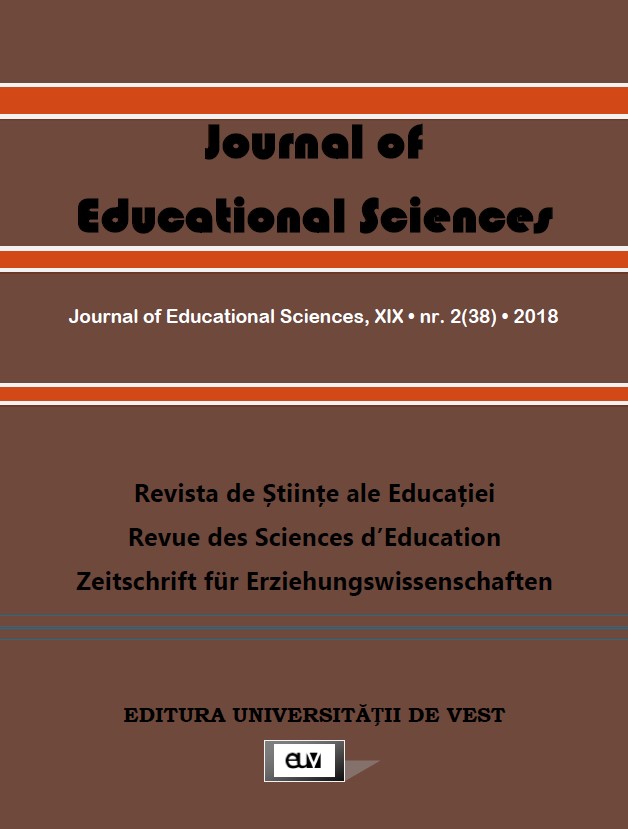Author(s): Emilija Drobnjaković,Bojana Dinić,Ljiljana Mihić / Language(s): Serbian
Issue: 2/2017
In previous research convergent and divergent validity of the Serbian adaptation of Positive and Negative Affect Schedule (PANAS) were confirmed via correlations with personality traits and via induction of sadness and awe feeling. In this research further validation of the PA-NAS was tested, considering the content of specific subscales rather then general positive (PA) or general negative affect (NA). Two studies were conducted. In the first study (n = 410 students), the relationships between the PANAS and the HEXACO–PI–R subscales were tested. Results showed that the main correlate of the PANAS subscales is ex-traversion, and its facets, while certain facets from the other personality scales had low or moderate correlations with the PANAS subscales. Results showed that there was a compatibility between affects and traits. Also, it is noticed that the fear subscale from the PANAS had a higher correlation with the anxiety facet, compared to the fearfulness facet, both from the HEXACO–PI–R. In the second study, we investigated changes in the PANAS subscales before and after induction of anger, fear, hap-piness, and neutral affect. In this experiment, 87 students participated, and they were divided into four groups, depending on induced affect. Induction was conducted using movie clips. Results showed that the fear and happiness subscales were successful in catching changes in their respective affects. Namely, there was a significant change on these subscales when compatible affect was induced, whereas no changes were detected in other subscales within the same affect domain (PA or NA). However, in the induction of anger, there was a significant increase in scores on the fear subscale, but scores on the hostility subscale re-mained the same. When analyzing the items within the fear subscale with a significant change, it was noticed that their content was referring to behavioral tension, but not directly to the fear affect. Moreover, scores on the attentiveness subscale were high before and after induction, which could indicate that this aspect of positive affect is different from others. Results showed that the Serbian adaptation of the PANAS is a valid affect measure. However, the caution is needed when interpreting scores on the NA scale, because its subscales share some characteris-tics such as behavioral tension.
More...









